Claudio MONTEVERDI

Claudio Monteverdi (May 15, 1567 - November 29, 1643) is a composer, violinist and singer Italian. It is generally considered one of the creators (and principal) of the opera. He was born in Cremona in northern Italy. In 1590 Monteverdi began working at the court of Mantua as a vocalist and violinist, and in 1602 he became conductor. Up to forty years, he devoted himself mainly to writing madrigals, composing eight pounds of these. The eighth book, published in 1638, contains the madrigals called Madrigals of Love and War viewed as a perfection of this form. Taken together, the first eight books of madrigals show the enormous development of polyphonic music from the Renaissance to the monodic style typical of Baroque music. The ninth book, published in 1651, after his death, contains lighter pieces, probably composed at different times of his life and representative of these two styles. From monody, with the aim of "making stupor" and an intelligible text, it was logical to take the step leading to the opera, especially for a composer brought to the drama and who loved the great effects. In 1607, he composed his first opera, Orfeo the. It was usual, at the time for composers to create works to order for special occasions, and this opera was designed to add to the splendor of the annual carnival of Mantua. It was a great success, for in perfect harmony with the spirit of the times. The Orfeo is characterized by its dramatic power and lively orchestration. For the first time, a composer specifically indicated what instrument should realize that part. This is the first large-scale composition whose instrumentation is required for creating reached up to us. The plot is depicted through live musical scenes. With this opera, Monteverdi, if not created, at least given its pedigree to a whole new style of music was called the dramma per musica (musical tragedy). Arguably, the most important CARRYING rest of the Monteverdi Vespro della Beata Vergine (Vespers of the Virgin - 1610). C is one of his few sacred works, but it remains one of the most important examples of religious music, and can be compared to works like Handel's Messiah and St. Matthew Passion by Johann Sebastian Bach. Each part of the unfinished buildings (which includes twenty-five in total) is fully developed musically and theatrically stamps from each instrument are used to accentuate the dramatic and emotional effect of a totally new era for. In 1613 Monteverdi was paid as chief conductor at the church of San Marco in Venice, where he quickly restores ur hp which had been abandoned by his predecessor. C is also here that he completed his sixth, seventh and eighth books of madrigals. The eighth is the largest, containing works written over thirty years, also containing the dramatic scene Tancredi e Clorinda (1624), in which the orchestra and voices form two separate entities. Monteverdi was inspired here by the two opposite balconies in San Marco, as were of other composers as Giovanni Gabrieli. The originality of this composition also of use for the first time (for strings) tremolo (fast repetition of the same note) and pizzicato (strings played with the fingers instead of the bow) to create special effects in some dramatic scenes. During the last years of his life, Monteverdi became ill, but that did not stop to compose two more major works, two operas: Il ritorno d'Ulisse in patria (The Return of Ulysses to his homeland) (1641) , and the historic opera Incoronazione di Poppea (The Coronation of Poppea) (1642). The Incoronazione in particular is seen as the culmination of the Italian master THEREFOR. It contains dramatic scenes as well as comedy (which is an innovation for the opera), and more realistic descriptions of the characters. It requires a smaller orchestra and gives a less predominant in ur hp. This book also had a considerable influence on church music. Monteverdi composed at least eighteen operas, of which only reached us as Orfeo, the Incoronazione di Poppea, Il ritorno Ulisse in patria and to the famous Lamento of his second opera the Arianne. Claudio Monteverdi died in Venice. Google machine translation: Claudio MONTEVERDI's original bio |
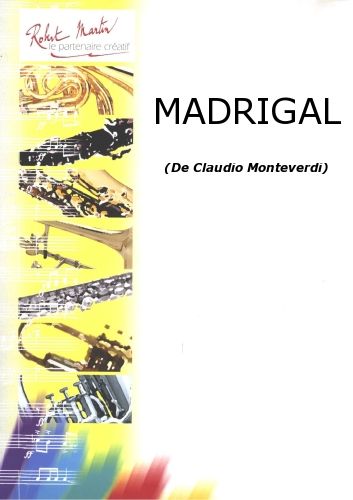 |
| ||
| Claudio MONTEVERDI Publisher : Robert Martin Genre : Instrumental music Group : Clarinet Style & options : Clarinet and piano |
(ROGE02270) : € 9,31 | ||
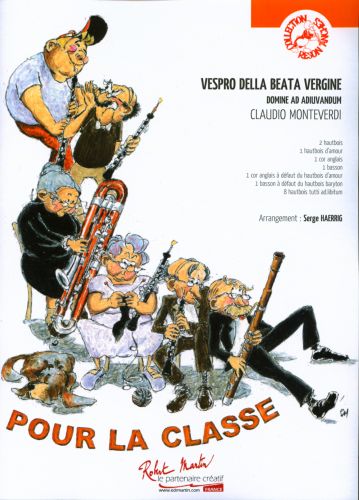 |
| ||
| Claudio MONTEVERDI Arr : HAERRIG SERGE/RESON'ANCHES Publisher : Robert Martin Genre : Chamber Music Group : reson'anches series |
(MONT05236) : € 21,10 | ||
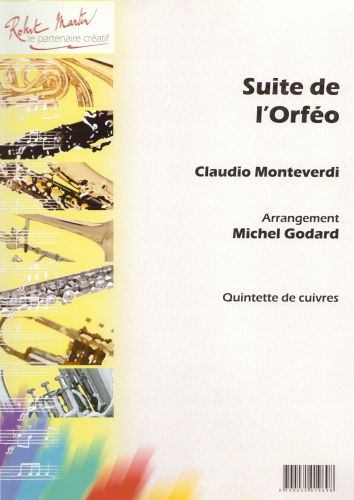 |
| ||
| Claudio MONTEVERDI Arr : Ed GODARD Publisher : Robert Martin Genre : Chamber Music Group : Brass quintet |
(MONT01969) : € 28,92 | ||
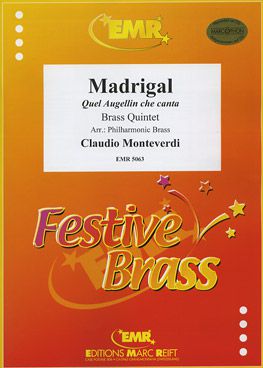 |
| ||
| Claudio MONTEVERDI Publisher : Marc Reift Genre : Instrumental music |
(EMR5063) : € 28,42 | ||
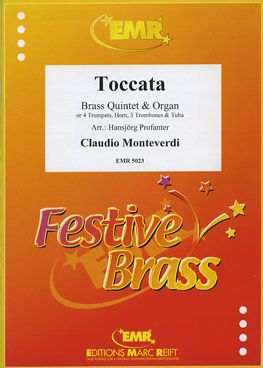 |
| ||
| Claudio MONTEVERDI Publisher : Marc Reift Genre : Instrumental music |
(EMR5023) : € 38,57 | ||
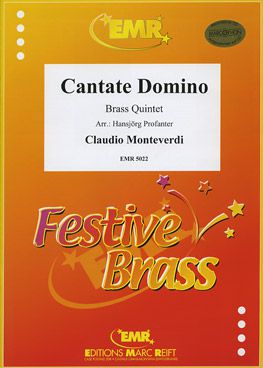 |
| ||
| Claudio MONTEVERDI Publisher : Marc Reift Genre : Instrumental music |
(EMR5022) : € 26,38 | ||
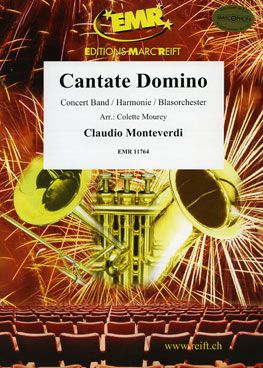 |
| ||
| Claudio MONTEVERDI Arr : MOUREY Publisher : Marc Reift Genre : Orchestra Group : Wind band |
Set Wind Band (EMR11764-BA) : € 116,05 | ||
 |
| ||
| Claudio MONTEVERDI Arr : Jérome NAULAIS Publisher : Marc Reift Genre : Orchestra Group : Wind band Style & options : Classical music |
Set Wind Band (EMR11562-BA) : € 116,05 | ||
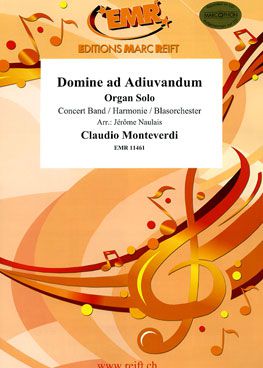 |
| ||
| Claudio MONTEVERDI Arr : Jérome NAULAIS Publisher : Marc Reift Genre : Orchestra Group : Wind band |
Set Wind Band (EMR11461-BA) : € 116,05 | ||
 |
| ||
| Claudio MONTEVERDI Arr : Jacob DE HAAN Publisher : De Haske Genre : Orchestra Group : Wind band |
Set Wind Band (DH1043546010-BA) : € 84,59 | ||
